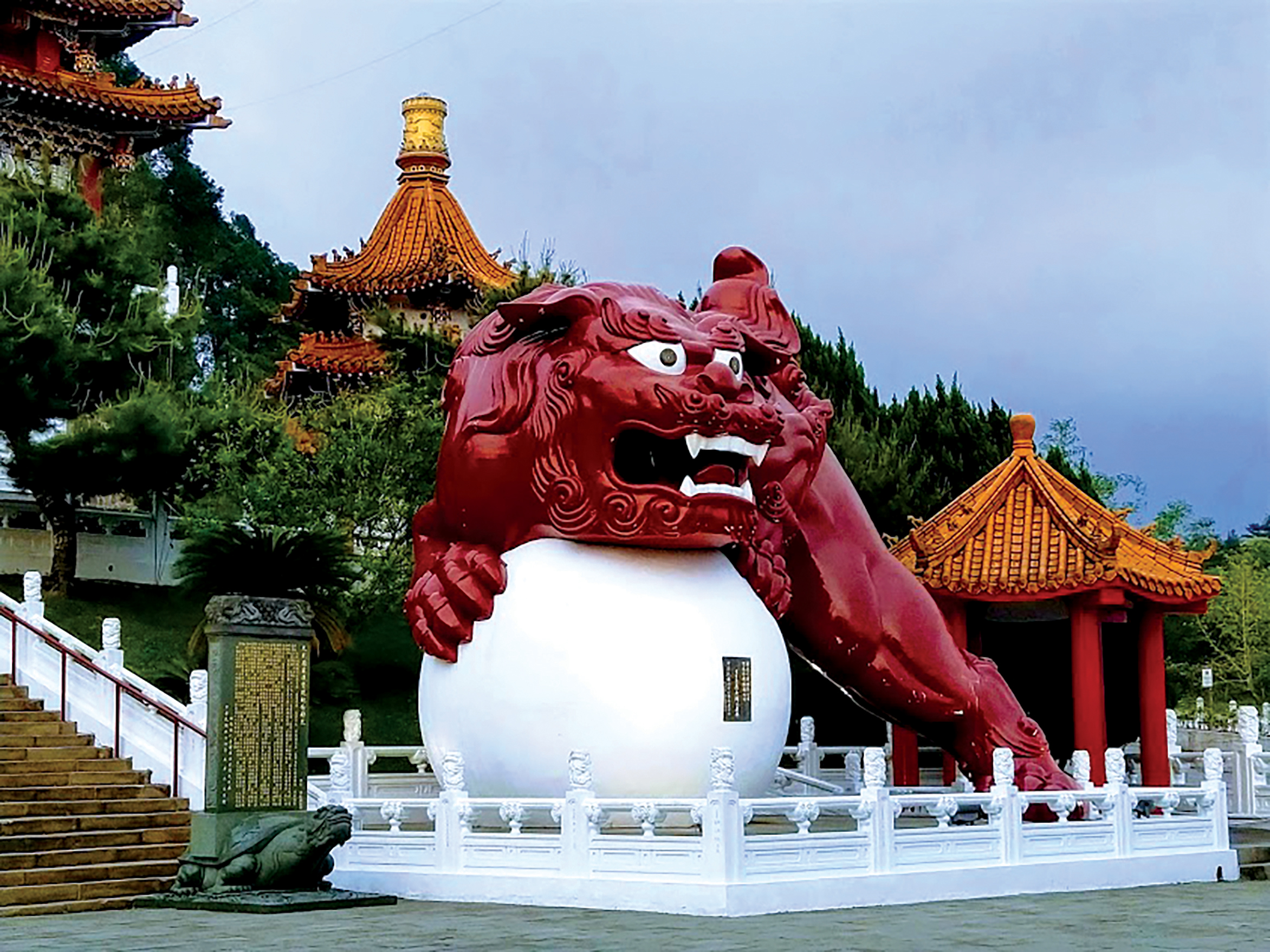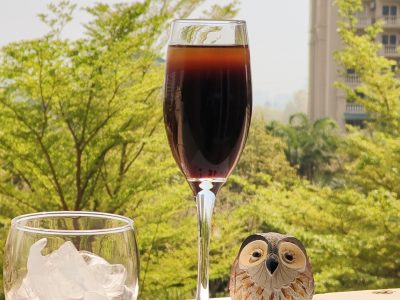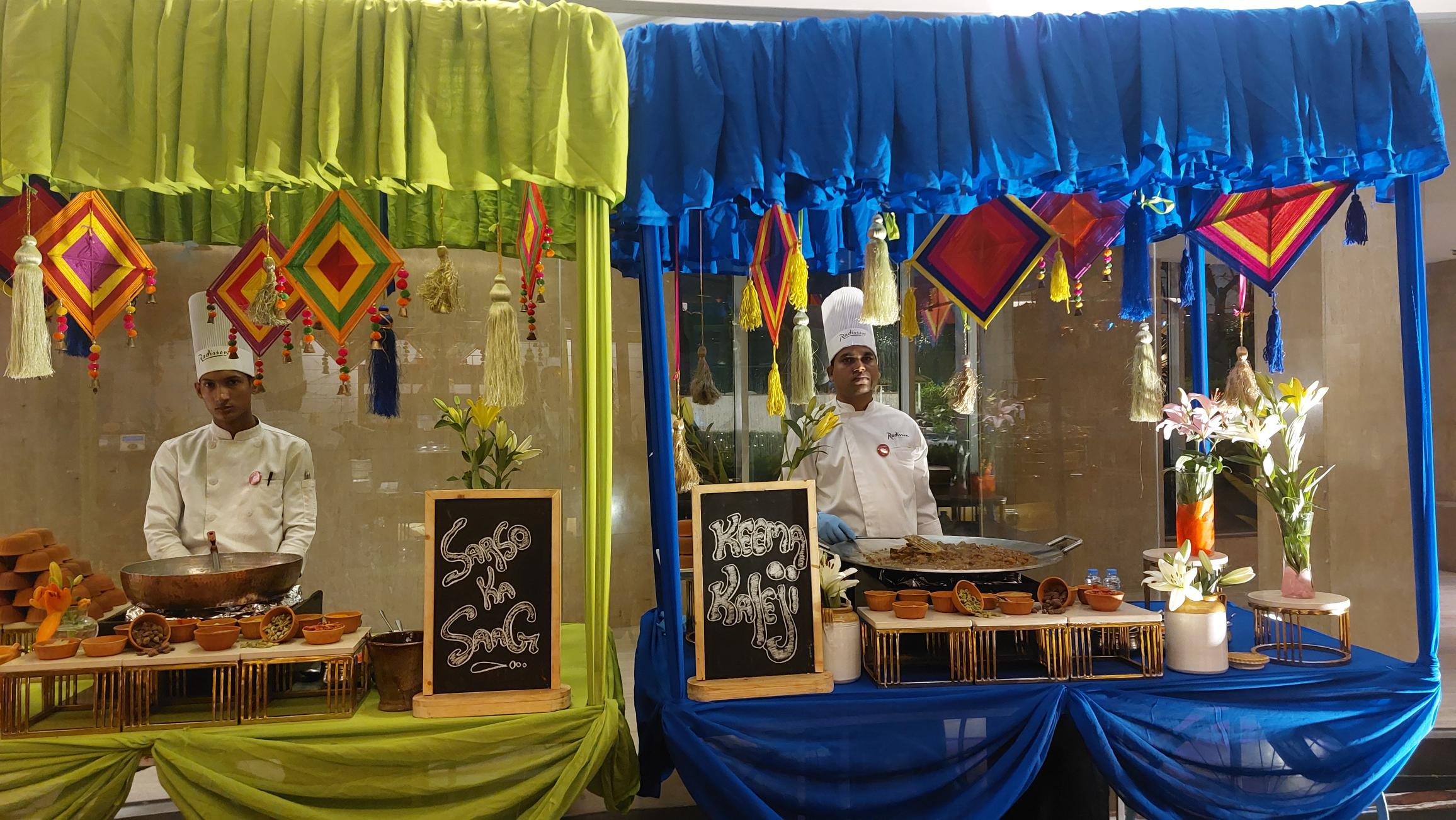With the mesmerising beauty of its mountain ranges, impressive fishing boats, temples and alpine lake, Taiwan offers myriad memorable experiences to visitors
Wish we’d kept our date with the cherry blossoms, I can’t help but think as our aircraft cruises down Taipei’s Taoyuan airport. Although we’d missed having an up, close and personal encounter with the delightful flower that incidentally opens its first East Asian bud in Taiwan, we do encounter its white-hued cousins as they bloom on the country’s peak-punctuated landscape.
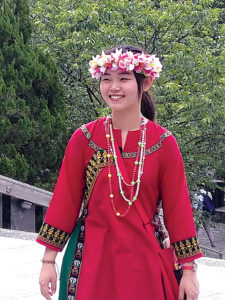
Shaped like the leaf of tobacco or perhaps sweet potato (the latter is a hot favourite among foodies here), Taiwan boasts of mountain ranges that run across almost the entire length of the island, presenting a pretty sight at every turn. “We have 258 peaks dotted across the landscape,” says Jefferson, our affable guide, “And yes, many walking trails, just in case you want to go hiking.”
Struggling with a bit of jet-lag, we opt out of any adventure-filled activity — for the time-being at least — but we are ready for a dekko at the myriad delights offered by this lovely little island, nestling in the eastern part of Asia.
It is a cool morning as I stand on the balcony of Fleur de Chine, whose earlier avatar had incidentally fallen prey to a devastating earthquake (also referred to as 921) that had hit Taiwan in 1999. And, like a phoenix from the ashes, it emerged in all its glory with the area’s first-ever natural hot spring discovered in its vicinity. This delightful water body soon became famous as ‘the hot spring for beauty’.
After a quick breakfast, we head for the largest alpine lake in Taiwan — the Sun Moon Lake — named after the shape of a little island called Lalu that lies at its centre. The eastern side of Lalu is round like the sun and the western has the shape of a crescent moon.
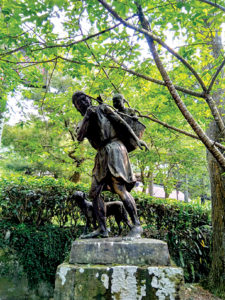
A speedboat takes us around this deserted island that was once inhabited by the Thao tribe, named as Taiwan’s 10th aboriginal tribe in 2001. Look out for a statue of a white deer on the island covered with autumn-maple trees. Legend has it that the ancestors of the Thaos, once out on a hunt, found a white-hued deer. As they tried to catch it, the nimble-footed creature took flight, jumped into this lake and disappeared. Taking this as a good omen, Thaos made a replica of the one they had spotted on Lalu.
Up ahead is the statue of an owl, yet another symbol of good fortune and wisdom but with a rather sad story behind it. It is believed that an unmarried pregnant girl was drowned in the lake by some angry Thao elders.
As owls began to be spotted every night after this incident, everyone feared that it could be a sign of misfortune and began praying to this nocturnal bird of prey. And gave it a place of honour in their homes. Walk around the souvenir shops in the area and you’re sure to see people’s obsession with the ‘wise ol’ owl’. And sure enough, you too are bound to get seduced into picking up a variety of dexterously crafted artefacts featuring the owl — from trinkets to lamps, bags and change purses — in a variety of colours and styles.
Picturesque fishing boats also called the four-hand net rafts moored on the lakeshore look arresting as we zip past. Jerry, our guide here, tells us about the Ci’en pagoda, considered a landmark of Chinese architecture that stands atop the 954m high Shabalan Mountain, and was built in memory of the late President Chiang Kai-Shek’s mother. You can hike up to this nine-storey high, magnificent pagoda by getting off the boat at Xuanguang Pier and following the Quinglong Mountain Trail.
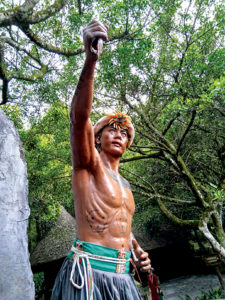
Pointing to the vast expanse of the lake, Jerry talks about an annual three-km race that is organised here as part of a Swimming Carnival. “It’s not a competition, just a fun exercise but hundreds from the world over take part in it. And even if they don’t complete the stretch, they still get a certificate of participation,” he adds with a smile.
As the lake takes on the changing colours of the evening sky, we spot the stunning Xiangshan Administrative, designed by the Japanese architect Norihiko Dan. The unique structure, composed of two curved buildings, is one of the most popular backdrops for soon-to-be-married couples. Carrying suitcases full of outfits, they come with a photographer and spend hours getting themselves shot for their wedding albums and videos.
Soon, we are headed for the sprawling Formosa Aboriginal Cultural Village that has five theme parks — the European Gardens, Aladdin Plaza, Aboriginal Villages, Amusement Isle and Ti Ka Er Rainforest. When we visited, the park was already preparing for its next theme, and a beautiful ‘Lavender Carnival’ sign declared this in one of its entrance gardens. “But that will only be after we bid goodbye to cherry blossoms,” smiles the village-guide who greets us in the village’s traditional attire, complete with a crown of colourful flowers on her head.

A seven-minute cable car ride takes us to the park that has nine villages, each representing a different aboriginal community. Walking past Indian totem poles and quaint homes that were reconstructed based on the research drawn up by anthropologists in the 1940s, is like a journey back in time.
Life-like models of aboriginals, engaged in different activities like the ball game to determine the most intrepid youngster or a tribal chief giving his blessings to a fellow tribesman, look fascinating and almost life-like. Enjoying a traditional treat made of baked sweet potatoes, we walk out and are soon zipping down towards the historic Wen Wu Temple to catch the sunset.
Decorated with wind chimes on either side, the ‘Staircase to Heaven’ — believed to have once been the only way up to the temple — is a narrow flight of 366 steps representing the days of the year (rather leap year, for, February 29 has also been included). It captures everybody’s imagination, with many attempting to climb down, at least till the step that depicts their birth date, for a picture.
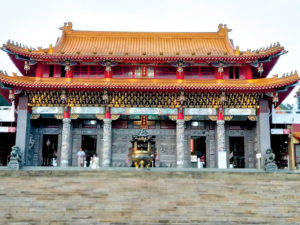
A walk into the temple, past two red-hued Chinese guardian lions, reveals a magnificent structure with three separate halls. The main shrines here have been dedicated to the First Ancestor Kaiji, the god of war St Guan Gong, the warrior god Yue Fei and Confucius.
Lighting up joss sticks, we pick up a prayer bell, have it blessed and hang it on one of the steps but not before making a wish. And soon, as we sit across the road in Nantou County’s Yuchi Township, we watch as the golden orb slowly going down but not before spreading its magical glow on the placid waters of the Sun Moon Lake.

